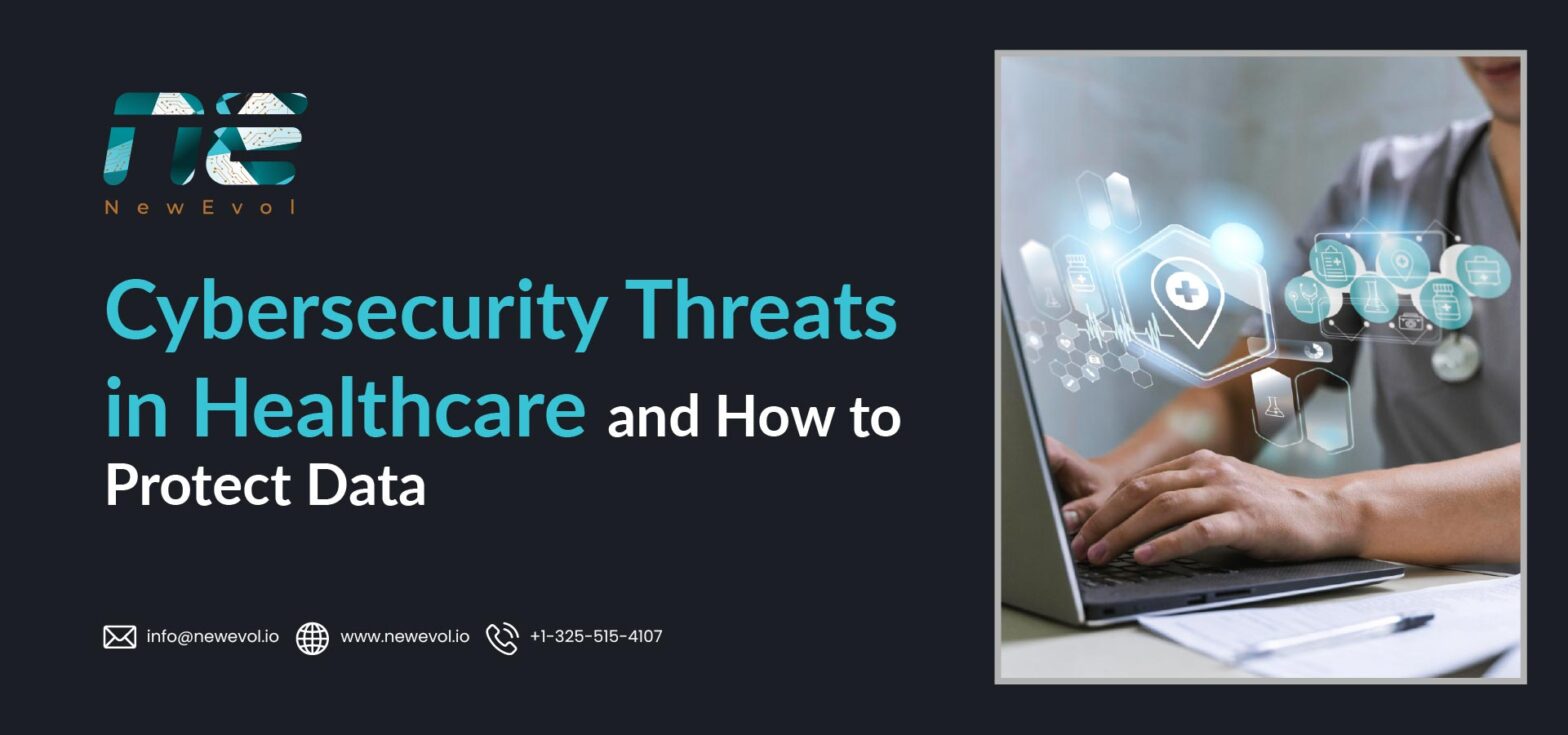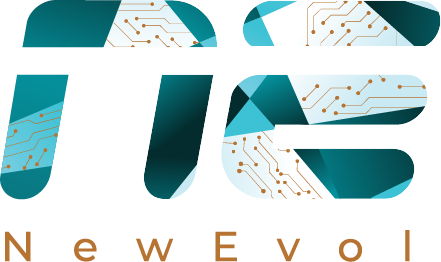Cybersecurity Threats in Healthcare and How to Protect Data

Healthcare data in India is among the most sensitive types of information, encompassing patient records, diagnostic reports, billing details, and research data. As healthcare organizations rapidly digitize, they are increasingly exposed to cyber attacks that can compromise patient safety, disrupt services, and cause regulatory penalties under HIPAA or India’s draft Personal Data Protection Act (PDPA).
In 2025, India’s healthcare sector faced 21.82% of all cyberattacks, with hospitals and clinics hit hardest by ransomware, Trojans, and phishing.
Effective risk mitigation is critical. By combining technology, policies, and staff training, healthcare organizations can proactively defend against ransomware, phishing, insider threats, and vulnerabilities in medical devices (IoMT).
In this blog, we’ll explore the top cybersecurity threats facing Indian healthcare organizations and provide practical strategies for risk mitigation to protect patient data and maintain operational resilience.
The Healthcare Cyber Threat Landscape
Indian healthcare organizations are facing a surge in cyber attacks, driven by the increasing value of patient data and rapid digital adoption. Hospitals, clinics, and diagnostic labs are prime targets, as attackers aim to steal sensitive medical records, disrupt operations, or demand ransom through ransomware campaigns.
- Rising Incidents: Reports show a sharp increase in data breaches and ransomware attacks on Indian hospitals over the past few years.
- Targeted Sectors: Large hospitals, multi-specialty clinics, and health tech startups are frequently attacked, but even smaller healthcare providers are vulnerable.
- Emerging Threats: Phishing, insider threats, and unpatched Internet of Medical Things (IoMT) devices are common vectors.
- Impact: Successful attacks can compromise patient care, lead to regulatory penalties, and damage trust in healthcare organizations.
Understanding this landscape is critical for risk mitigation, helping healthcare organizations implement proactive measures rather than reacting after breaches occur.
Top Cybersecurity Threats in Healthcare
In 2024, India saw 369M malware detections across 8.44M endpoints, with healthcare, BFSI, and hospitality most targeted. Trojans led at 43.38%, followed by Infectors (34.23%) and Worms (8.43%).
Healthcare organizations in India face several high-risk threats that demand robust risk mitigation strategies:
1. Ransomware Attacks
Cybercriminals encrypt critical patient data and demand ransom. Ransomware can halt hospital operations, delaying treatments and disrupting patient care.
2. Phishing & Social Engineering
Staff are often targeted through deceptive emails, SMS, or calls. These cyber attacks can steal login credentials or introduce malware into hospital networks.
3. Insider Threats
Negligent or malicious employees may leak sensitive patient data. Insider threats are particularly challenging because they originate from trusted users within healthcare organizations.
4. Medical Device Vulnerabilities (IoMT)
Unpatched or unsecured medical devices connected to hospital networks can become entry points for attackers, putting both data and patient safety at risk.
5. Data Breaches & Theft
Patient records, research data, and billing information are highly valuable. Breaches can result from misconfigurations, lost devices, or targeted attacks.
6. Third-Party & Supply Chain Risks
Vendors, software providers, and partners with weak security measures can expose healthcare organizations to cyber attacks indirectly.
7. Cloud Security Misconfigurations
As hospitals adopt cloud storage and SaaS solutions, misconfigured environments can leave sensitive data exposed to attackers.
Consequences of Healthcare Cyber Incidents
Cyber attacks on healthcare organizations can have severe and far-reaching consequences:
- Financial Loss: Costs include ransom payments, legal fees, regulatory fines under HIPAA or India’s PDPA, and operational downtime.
- Patient Safety Risks: Delays in treatment or tampered medical records can directly affect patient care.
- Reputational Damage: Trust is critical in healthcare; breaches can lead to patient attrition and reduced confidence.
- Regulatory Penalties: Non-compliance with local or international healthcare data regulations can result in heavy fines.
- Operational Disruption: Cyber incidents can halt hospital workflows, impact diagnostic labs, and interrupt telemedicine services.
- Intellectual Property Theft: Sensitive research data, clinical trial results, and proprietary technologies can be stolen and misused.
Best Practices for Protecting Healthcare Data
Healthcare organizations in India can strengthen data security and reduce exposure to cyber attacks by adopting the following best practices:
- Strong Access Controls & Authentication: Use multi-factor authentication (MFA), role-based access, and least-privilege policies to limit exposure.
- Employee Awareness & Training: Conduct regular phishing simulations, social engineering exercises, and data handling workshops to minimize human errors.
- Data Encryption & Backup: Encrypt sensitive patient data at rest and in transit. Maintain offline or immutable backups to recover from ransomware attacks.
- Patch Management & Device Security: Regularly update hospital IT systems and Internet of Medical Things (IoMT) devices to close vulnerabilities.
- Third-Party Risk Management: Vet vendors, software providers, and partners to ensure they comply with security standards and regulatory requirements.
- Threat Intelligence & Monitoring: Use SIEM, SOAR, and TIPs to detect anomalies, monitor networks, and enable proactive response.
- Incident Response Planning: Establish, test, and update procedures for containment, remediation, and reporting of cyber incidents.
Regulatory Compliance & Data Protection
Healthcare organizations in India must comply with local and international regulations to protect patient data and reduce exposure to cyber attacks:
- India’s Personal Data Protection Act (PDPA – Draft): Requires secure collection, storage, and processing of personal health information.
- HIPAA (for organizations handling US patient data): Ensures patient data confidentiality, integrity, and availability.
- ISO/IEC 27001 & HITRUST: International standards that provide frameworks for managing healthcare data securely.
- Regular Audits & Reporting: Compliance requires continuous monitoring, incident reporting, and maintaining secure audit trails.
- Third-Party & Cloud Compliance: Vendors and cloud providers must also meet regulatory requirements to prevent data breaches.
Practical Implementation Checklist
Healthcare organizations can follow these steps to reduce cyber risk and protect patient data:
- Asset Inventory: Identify all sensitive patient data, medical devices (IoMT), IT systems, and third-party connections.
- Access Control Review: Enforce least-privilege policies, role-based access, and multi-factor authentication (MFA).
- Patch & Device Management: Regularly update IT systems and medical devices to close vulnerabilities.
- Employee Training: Conduct phishing simulations, social engineering awareness sessions, and policy refreshers.
- Data Encryption & Backup: Encrypt patient data at rest and in transit, and maintain offline or immutable backups.
- Third-Party Security Assessment: Audit vendors, software providers, and cloud partners for compliance and security.
- Monitoring & Threat Intelligence: Deploy SIEM, SOAR, and TIPs to detect anomalies and automate responses.
- Incident Response Plan: Establish, test, and update procedures for containment, remediation, and reporting.
- Regulatory Compliance Checks: Ensure adherence to PDPA, HIPAA (if applicable), and other industry regulations.
- Continuous Improvement: Regularly evaluate security policies, employee practices, and technology to close gaps.
How NewEvol Helps Healthcare Organizations
Protecting patient data requires expertise, continuous monitoring, and integrated solutions. NewEvol helps Indian healthcare organizations strengthen their cybersecurity posture with:
- Tailored Security Architecture: Solutions designed for hospitals, clinics, and diagnostic labs, aligned with data volume, IoMT devices, and regulatory requirements.
- SIEM, SOAR & TIP Integration: Seamless integration of threat intelligence into security operations for faster detection and response to cyber attacks.
- Managed Security Services: 24/7 monitoring, alerting, and incident response handled by expert teams, reducing operational burden on in-house staff.
- Cloud & Device Security: Secure cloud configurations and IoMT device protection while ensuring compliance with PDPA and other regulations.
- Threat Intelligence & Analytics: Actionable insights to identify ransomware, phishing, insider threats, and other attack vectors proactively.
- Scalable & Cost-Efficient Solutions: Security solutions that grow with the organization, balancing protection, performance, and cost-effectiveness.
Conclusion
Cybersecurity threats in Indian healthcare organizations are growing in frequency and sophistication, targeting patient data, IoMT devices, and critical operations. A proactive, layered approach — combining technology, policies, employee training, and threat intelligence — is essential for risk mitigation.
With integrated solutions like SIEM, SOAR, TIPs, and managed services from NewEvol, healthcare organizations can detect, respond to, and prevent cyber attacks more effectively. Prioritizing both technology and culture ensures patient data is protected, compliance is maintained, and trust in healthcare services remains strong.
FAQs
1. What are the threats to cybersecurity in healthcare?
Ransomware, phishing, insider threats, IoMT vulnerabilities, cloud misconfigurations, and third-party risks.
2. How can we protect systems and data from cyber threats?
Implement strong access controls, employee training, data encryption, patch management, threat intelligence, and incident response planning.
3. What are the biggest threats to the security of healthcare data?
Ransomware attacks, phishing, insider misuse, unpatched medical devices, and breaches via third-party vendors.
4. What are the risks of cybersecurity in healthcare?
Financial loss, regulatory penalties (PDPA/HIPAA), patient safety issues, operational disruption, reputational damage, and theft of sensitive data.

